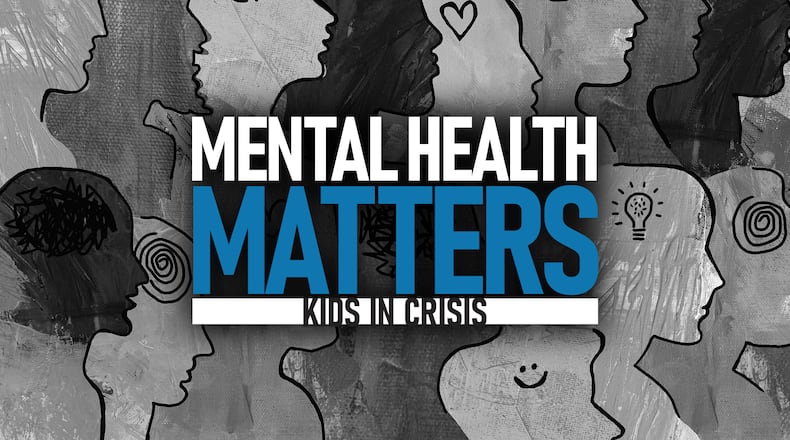Depression can come as part of the normal grieving process. Some may experience survivor’s guilt, which is a psychological response that can involve an overwhelming sense of guilt. It can be a symptom of post-traumatic stress disorder, though people can still experience it outside of PTSD, according to the National Institutes of Health.
You might replay “what if” and “if only” scenarios in your mind, blaming yourself for your loved one’s death, the Mayo Clinic says.
Whether someone is experiencing grief or significant psychological distress, those left behind are in a vulnerable position. They need support, experts say, and the support can best be served by those who have been there and made it through.
“I found the grief journey to be really, really difficult,” said Denise Meine-Graham of Postvention Consulting, who lost her son to suicide in 2012. “Grief is unique and difficult for anybody, but suicide grief on top of that, something that so can be so stigmatized, really complicated it. So there was a certain amount of embarrassment, shame, just awkwardness associated with it.”
Meine-Graham visted Montgomery County Alcohol, Drug Addiction and Mental Health Services (ADAMHS) earlier this fall to advise the Montgomery County Prevention Coalition on expanding its suicide postvention efforts to launch a new program called the Local Outreach to Suicide Survivors (LOSS) team.
The LOSS team includes volunteers who respond to the scene where a suicide death has taken place in order to provide support to the family members and loved ones left behind who now have to process that loss. At least one of the volunteers responding to a scene is a survivor of a suicide loss.
Meine-Graham was in the position after the death of her son to be able to quit her job at that time and grieve full-time, she said. She later connected with Dr. Frank Campbell, who founded the LOSS model.
“I was looking for ways to continue engaging in my grief so that I could continue healing,” Meine-Graham said.
Meine-Graham helped build a LOSS team in Columbus after learning about the importance of being there immediately to be an installation of hope by providing support and resources to people that just got the news of the suicide death or just found their loved one, she said.
Meine-Graham and her husband later founded Postvention Consulting, and they work with communities in Ohio and throughout the U.S. on how they can provide survivor support in the immediate aftermath, as well as other resources like support group programs and facilitator training.
“We’ll talk about that first postvention is prevention, and that can sound like a catchphrase, but speaking from experience ― my own personal experience and how I never had suicidal thoughts until after my son took his life ― I struggled a handful of times over the first five-ish years after he died with feeling very hopeless and so much despair and wondering what was the point to even keep going on,” Meine-Graham said.
Researchers found in a 2018 study that, for every suicide, there are about 135 people impacted by that death. This results in 6.2 million Americans exposed to suicide in a given 12-month period, LOSS Community Services in Columbus says.
Postvention efforts after a suicide death can include mental health resources and/or peer support resources.
“I found connecting with other people that were living with a similar loss to suicide, it meant everything to me to be able to have them normalize what I was feeling and to have a safe person that I could go and say, ‘This is where I am. I’m really struggling,’ and to know that they wouldn’t go into full-blown panic mode unnecessarily,” Meine-Graham said.
Talking about suicide and suicide prevention, especially with someone who has survived that type of loss in their own life, needs to be handled with care.
“Sometimes suicide is preventable, but we want to be careful in saying that because on the one hand, we don’t want to leave people that have been impacted by a loss feeling like they failed in some way because they didn’t,” Meine-Graham said.
Sometimes the best means of prevention is safe storage of lethal means, like medication or firearms, she said.
“The more time you can put between a suicidal person and the actual means to take their life, the better chances are that they’re going to live, they’re going to stay alive,” Meine-Graham said.
For people who are in a crisis, they can call 911 for an emergency ― if they are in the midst of a suicide attempt ― or they can call 988, the nation’s suicide hotline, to talk to someone about what they can do to help a loved one going through a crisis.
About the Author

